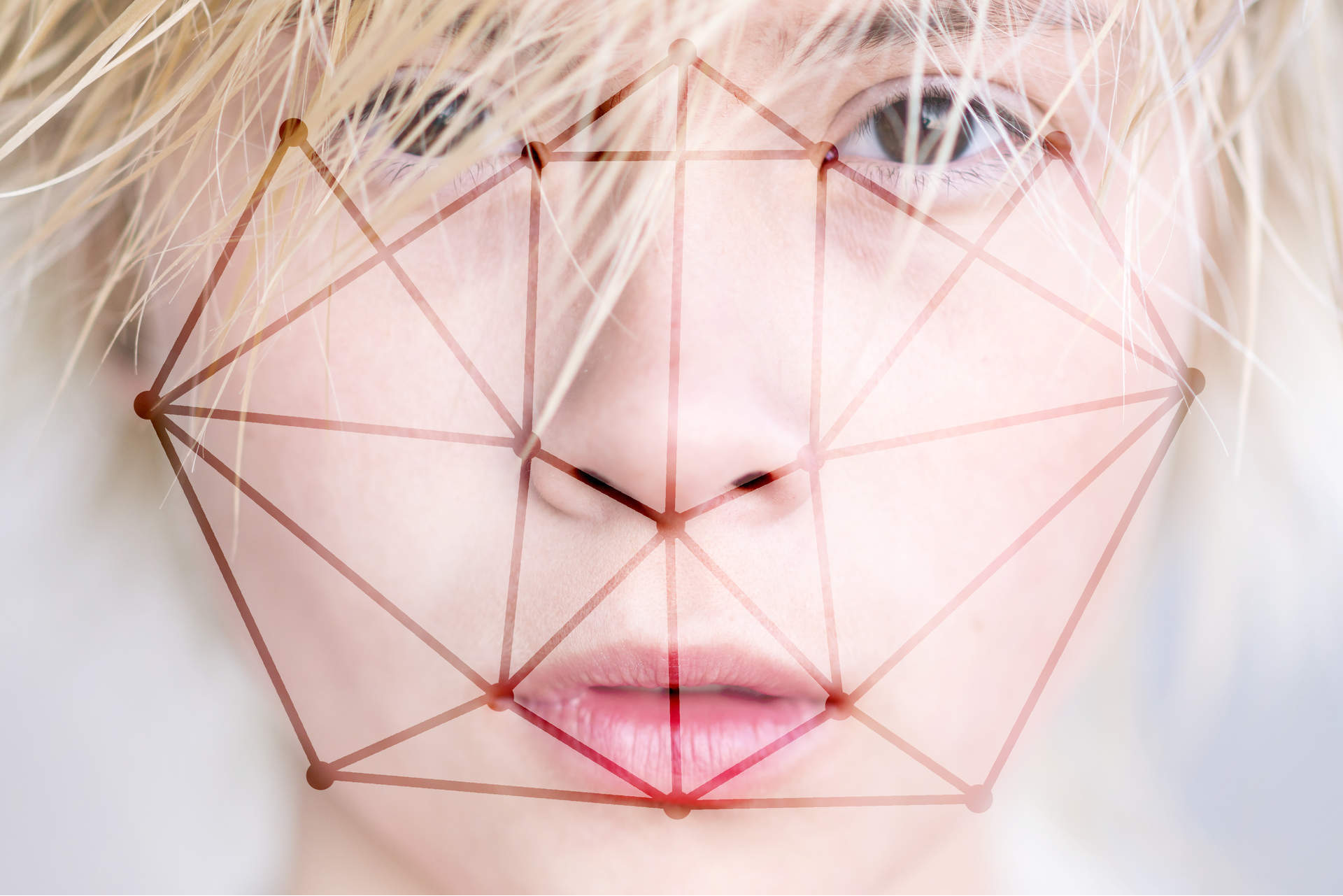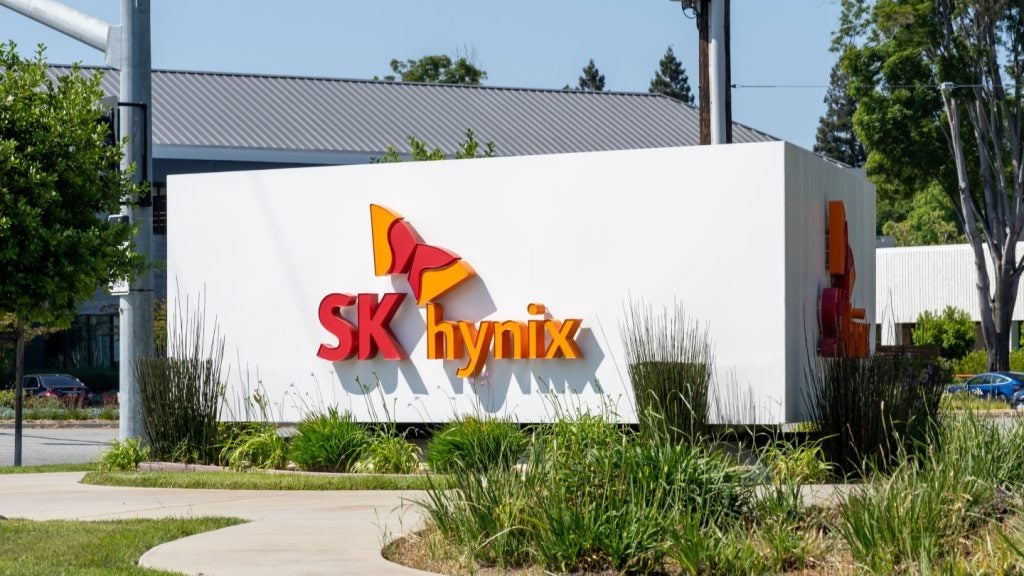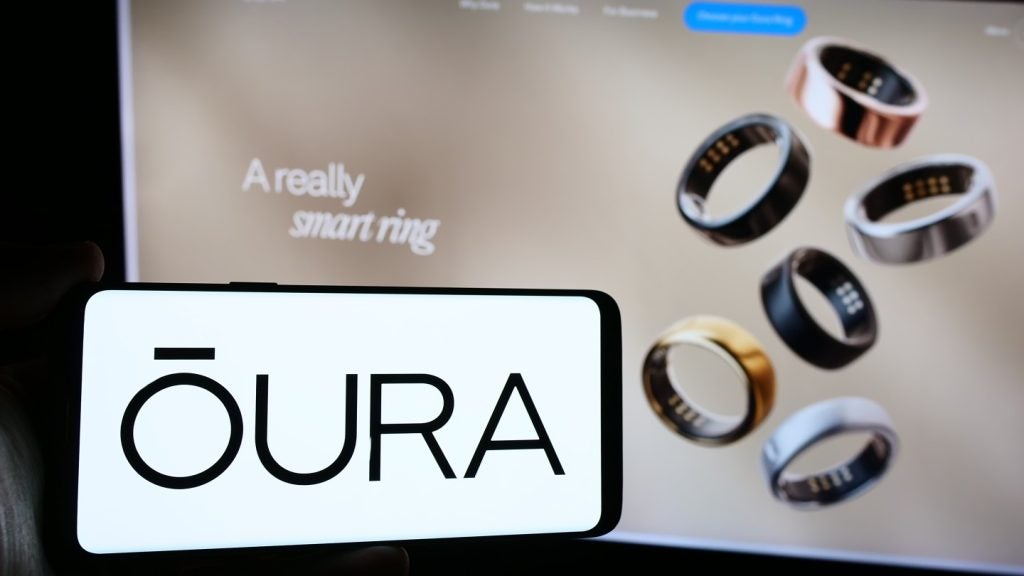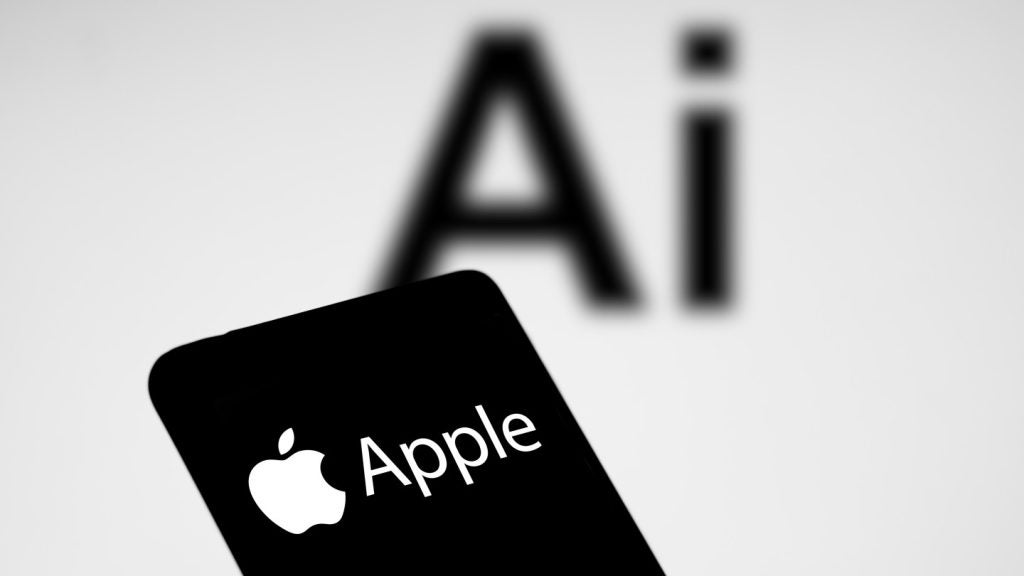In the tourism industry, image recognition technology can mostly be observed in the air travel sector in the form of airport facial recognition, which is being tested in pilot programs in airports worldwide.
Facial recognition technology is said to be used for increasing security, reducing wait times and easing passenger flow. However, the increasing use of the technology makes some wonder if the privacy issues that come with implementing it are becoming too big to ignore.
Some of the airports that currently use facial recognition are: London Luton Airport, London Heathrow (in partnership with British Airways) and Dubai Airport, where 100 Access500e PrincetonIdentity identity management kiosks are deployed. Airport facial recognition is also in use at seven American airports, including New York City, Atlanta, Chicago and Los Angeles International Airport.
Couch-to-gate airport facial recognition
One of the latest airports to try facial recognition is Sydney Airport, which collaborated with Australian carrier Qantas Airways to offer its passengers the possibility to go through four steps of their journey – check-in, bag drop, accessing the lounge and the border process – by only using their faces.
Starting 5th July 2018, passengers arriving at Sydney Airport who travel with Qantas Airways on certain international routes now have the chance to test first-hand a breakthrough called ‘couch-to-gate’ biometrics technology. They will have their faces automatically scanned when they check in, at the luggage drop point, when they go to the airport lounge and when they board, thus only having to show their traveling documents at the immigration office.
The airport is planning on expanding the technology so that it covers mobile check-in and border processing, making the passengers’ journey as seamless as possible.
How well do you really know your competitors?
Access the most comprehensive Company Profiles on the market, powered by GlobalData. Save hours of research. Gain competitive edge.

Thank you!
Your download email will arrive shortly
Not ready to buy yet? Download a free sample
We are confident about the unique quality of our Company Profiles. However, we want you to make the most beneficial decision for your business, so we offer a free sample that you can download by submitting the below form
By GlobalDataFacial recognition works by calculating the distance between certain facial features, such as the mouth, nose, and eyes, and then comparing the results against a database. The accuracy of the technology is currently around 96%, meaning some people will be flagged incorrectly when travelling.
Trading privacy for better security
The Sydney trial is voluntary, meaning that passengers willing to be a part of it are approached for consent. However, some airports are using the technology without asking customers or without clearly providing an alternative to opt out of using it.
This is particularly worrying, posing questions about its morality and whether it is too invasive, making people ponder if trading their privacy for better security is worth it.
For example, in a document published in January 2018, the US Department of Homeland Security plainly stated that “there is a risk that travellers will not know their photographs are being captured by TSA [Transport Security Administration] and used for identity verification”.
The department also informed the passengers that the only way for them to ensure they are not part of the collection of biometrics when visiting US airports is by refraining from traveling altogether.
Data sharing concerns with airport facial recognition
The increasing number of facial recognition trials at the airports all over the world has made many question how the data is being shared, what are the cybersecurity measures in place, and if the huge amounts of money spent on the complex technology are put to best use.
Despite all the discussion regarding privacy issues, more and more airports are trying the technology. And more and more the authorities recognise the fact that using facial recognition is an easy way to gain valuable information about consumers, making is much easier and quicker for them to monitor a lot of people at the same time – at the expense of privacy and of smaller number of customers being wrongly flagged at the airports’ gates.
Authorities put more emphasis on the security of the masses, than on individual privacy.
However, aren’t the masses made of individuals? The debate continues.







Related Company Profiles
Qantas Airways Ltd
British Airways Plc